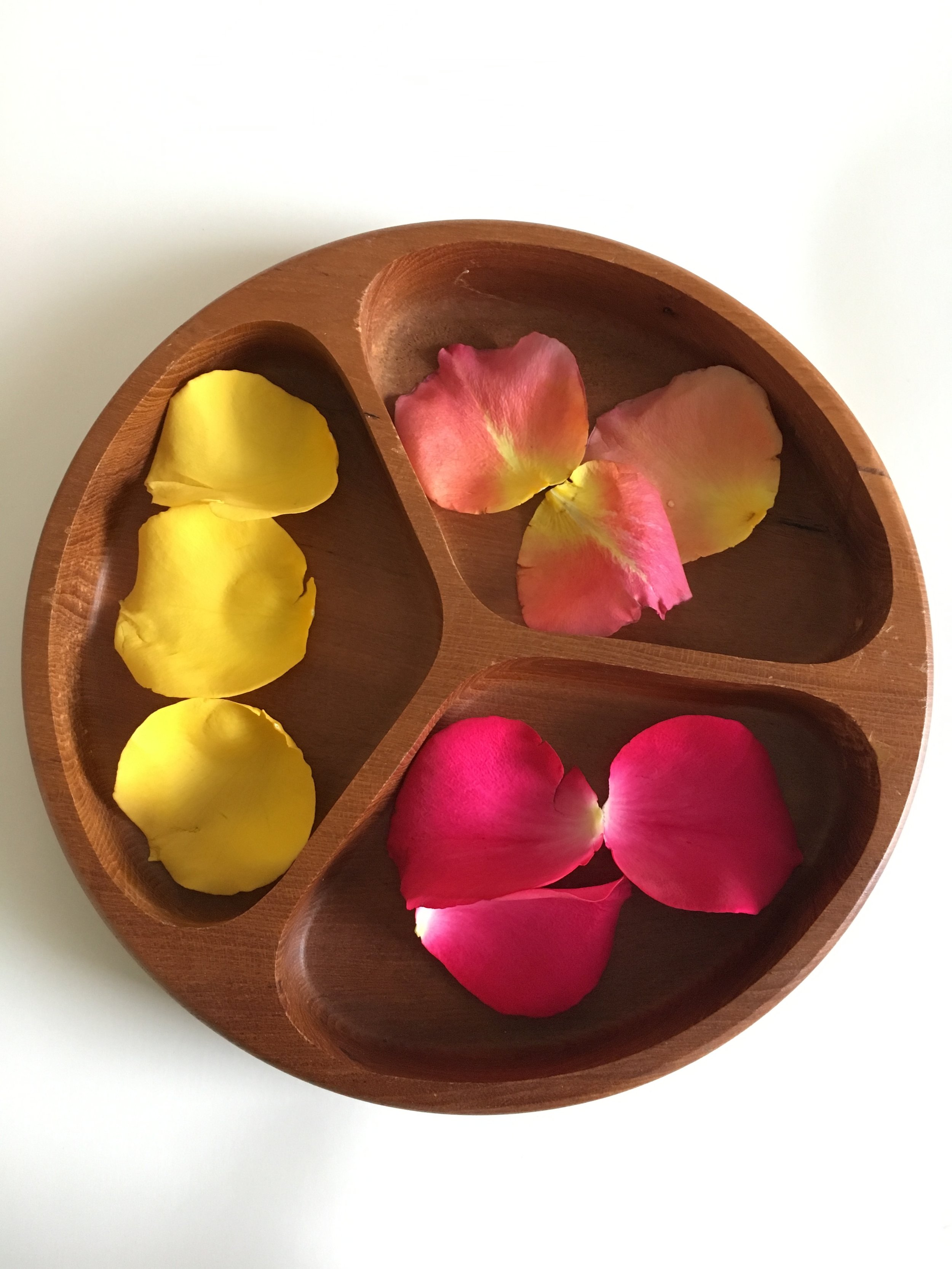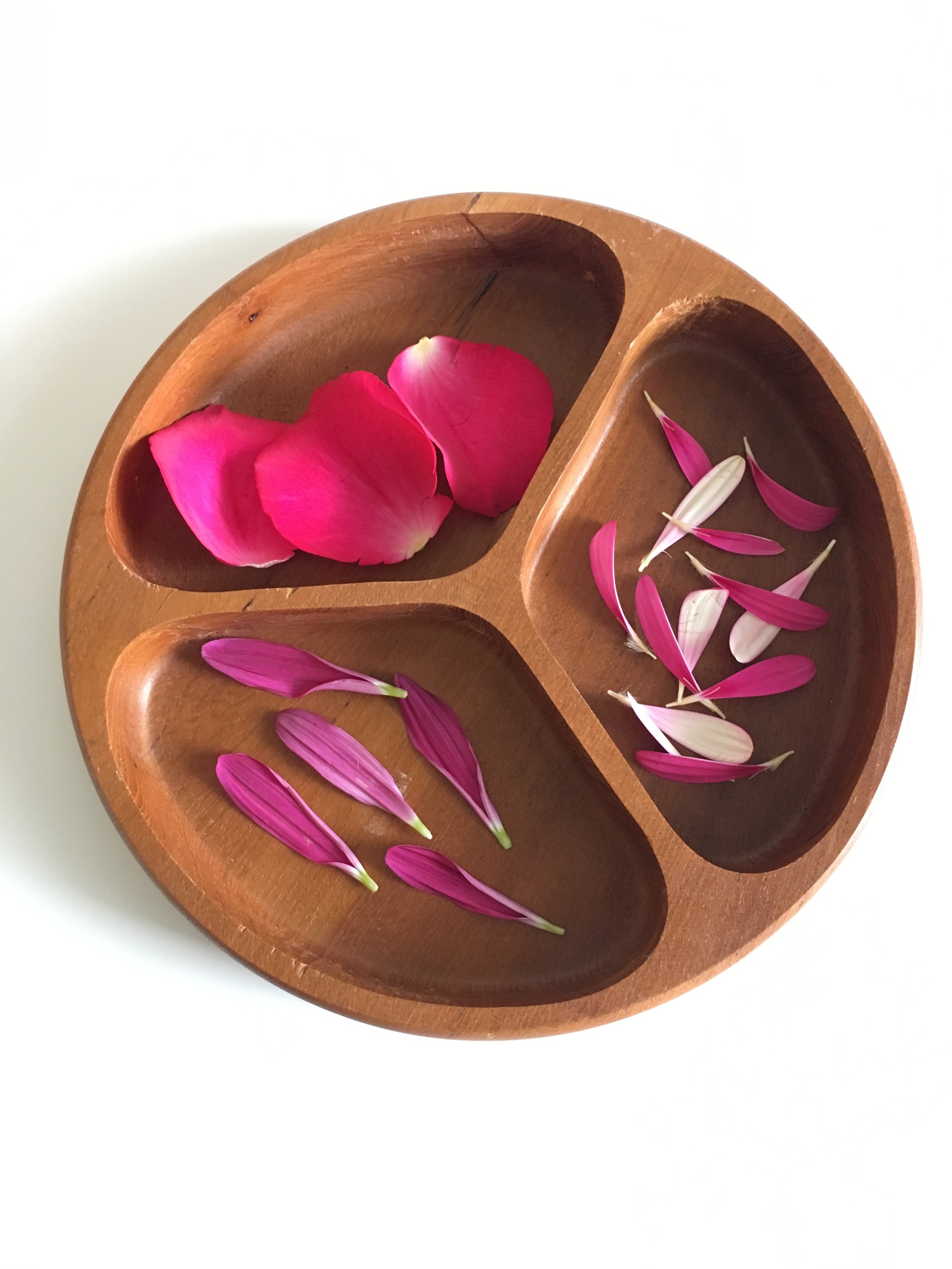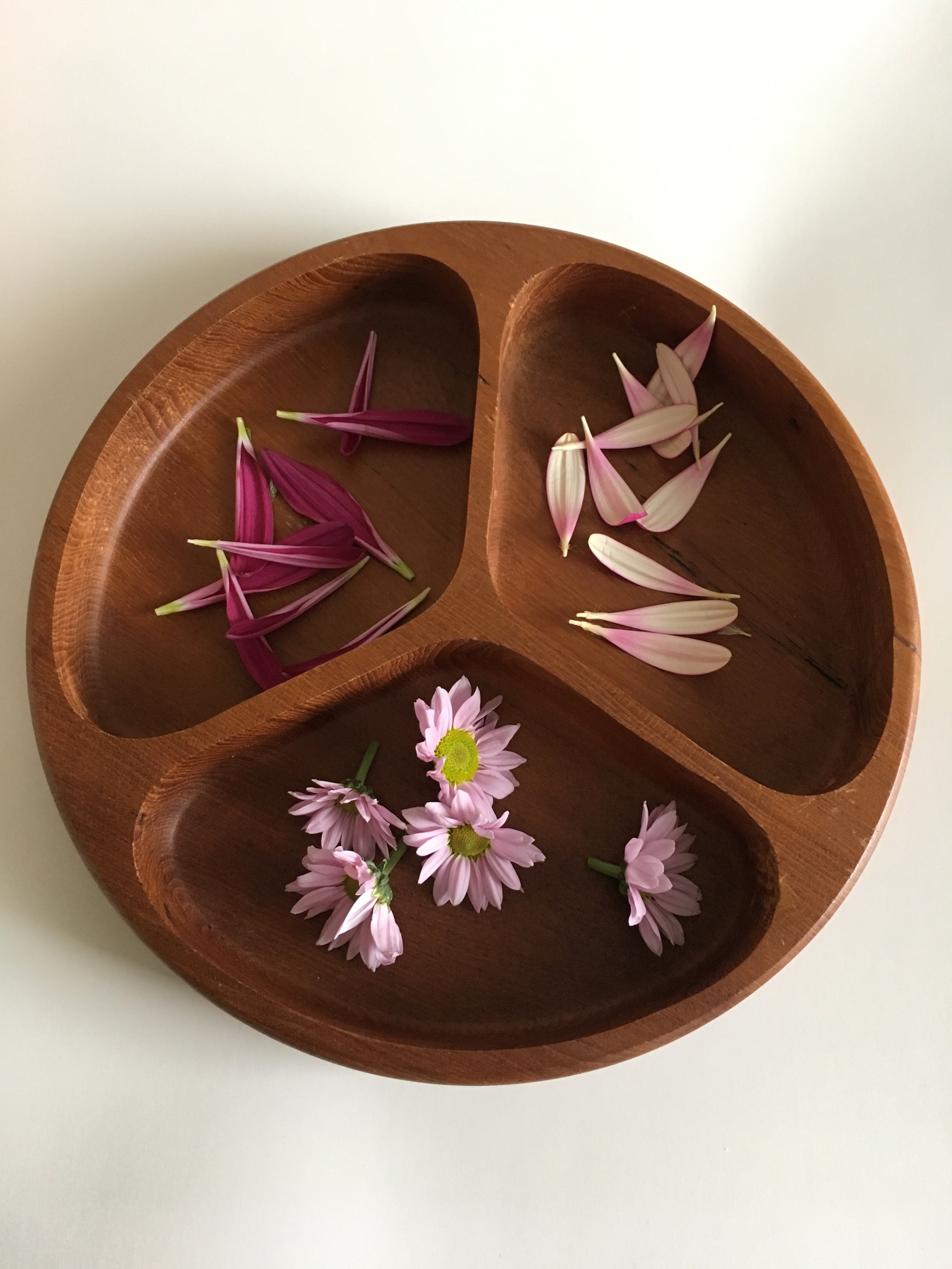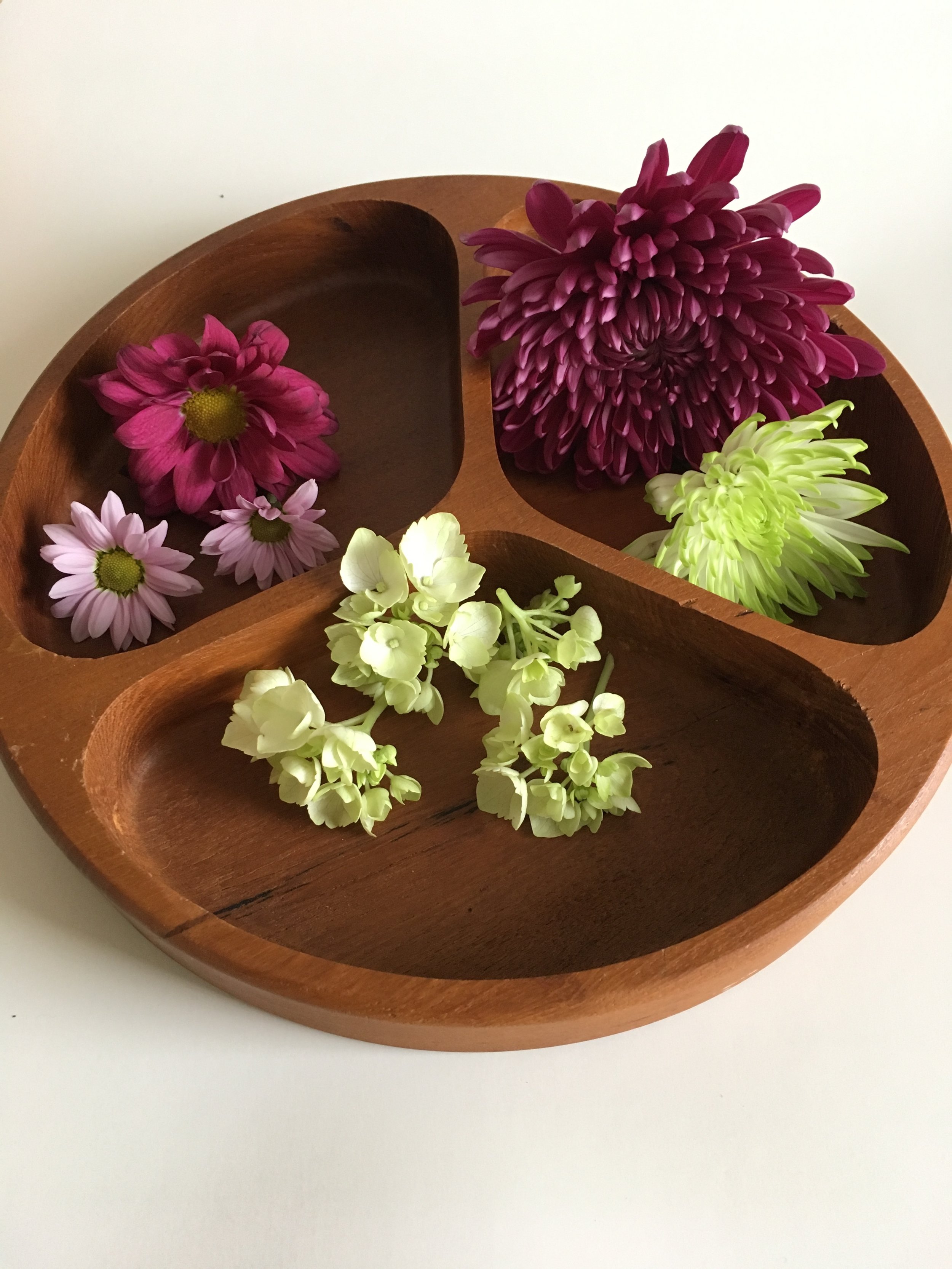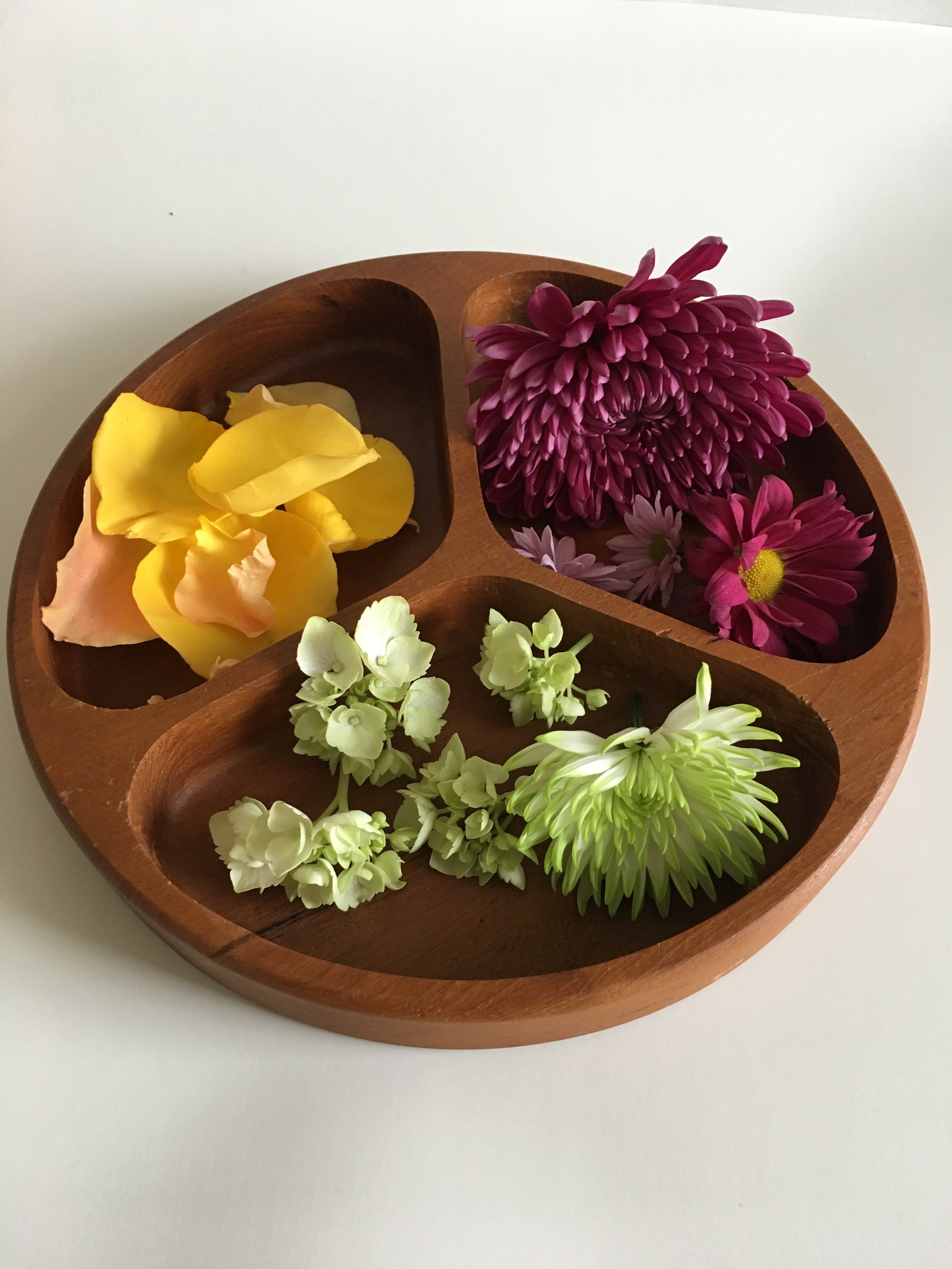“The same collection can be sorted in different ways.”
-Erikson Institute’s Early Math Collaborative
Last week I visited a local children’s museum. One area had a small space dedicated to the discovery of rocks. All around were different varieties with light tables, magnifying glasses, microscopes, and scales for weighing. My daughter was particularly taken by the ceiling that contained many different Agate rock slices. As we stared at this beautiful collection, we talked about the many different colors and sizes of Agate. This room offered a perfect example of how one collection of rocks can be sorted in many different ways.
When children sort they bring structure to a collection of materials. The child puts similar materials together and assigns each group an attribute. Talking with children about sorting helps adults understand the child’s reasoning and provides opportunities to build math vocabulary and concepts. The National Research Council (2009) says, “at all levels of mathematics, one looks for structure,” and experiences identifying structure are precursors to algebraic thinking.
This playful invitation encourages open-ended sorting of colorful flowers, abundant in mid-February when Valentine gifts are starting to wilt. Guide the child to sort in different ways using the same collection.
PLAYFUL INVITATION
1. Prepare: Gather flowers from old bouquets. Choose sorting containers found around the home or school.
Observe the child throughout the interaction. Use the Invitation to Play Documentation Tool to collect data.
2. Invite: Look at all these colorful flowers! Can you sort the flowers?
3. Play: You may sit back and quietly watch, or you may comment on their sorting. Oh I see you are putting all the pink together and all the yellow together.
When the child finishes sorting ask him/her to tell you about the groups.
After talking about the groups, put all the flowers back into the basket and ask them to sort again in a different way.
4. Reflect and Assess: Did the child sort using many different groups? Did the child assign each group a different attribute? Did you provide suggestions? How can you continue sorting in your daily life?
Ready:The child is ready for sorting if they can match or puts similar items together. The child also can describe why items are sorted into groups.
Ready to move on: This activity is about finding different ways to sort, therefore, this invitation could continue using different collections.
Extend: Compare the groups that were sorted. Which has more or less. Count how many are in each group. Consider using some form of data representation to show your results. Draw each group or Create using the loose parts.
MATH LANGUAGE
Attribute- characteristic of an item. Examples include color, shape, texture, size, type, number, etc.
Set- items that are grouped together in a meaningful way.
Sort- organize items based on characteristic/attribute.
RESOURCES
Development of Research in Early Math Education (2017)*
Clements, D.H., & Sarama, J. (2017)*
National Research Council (2009)*
*full citation can be found on the Research page







